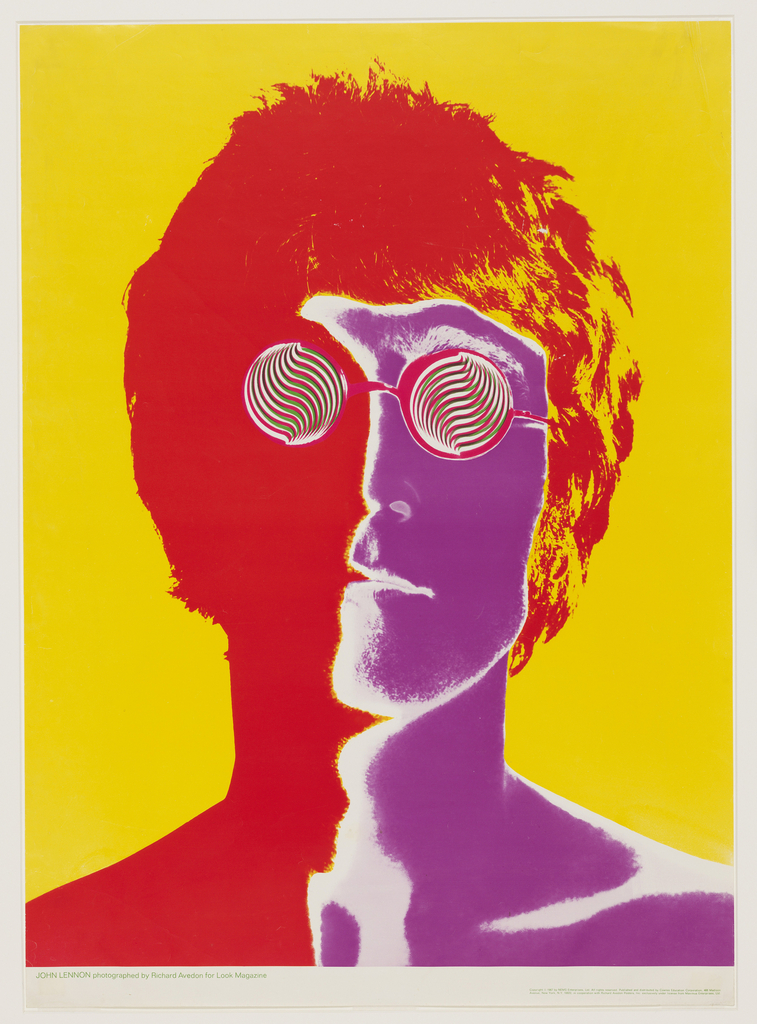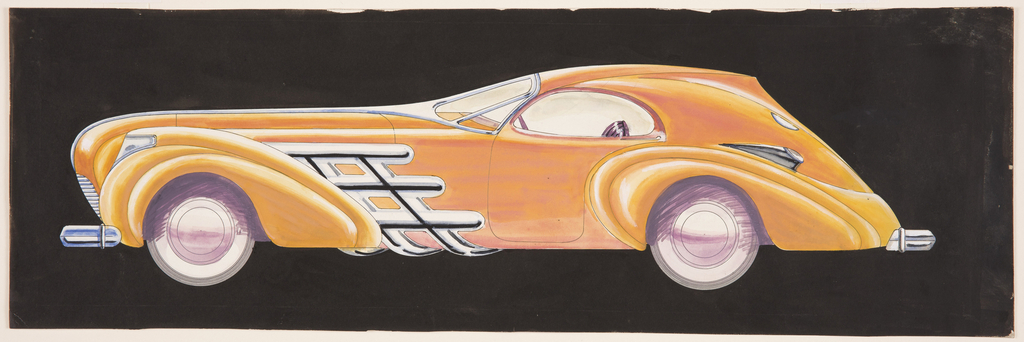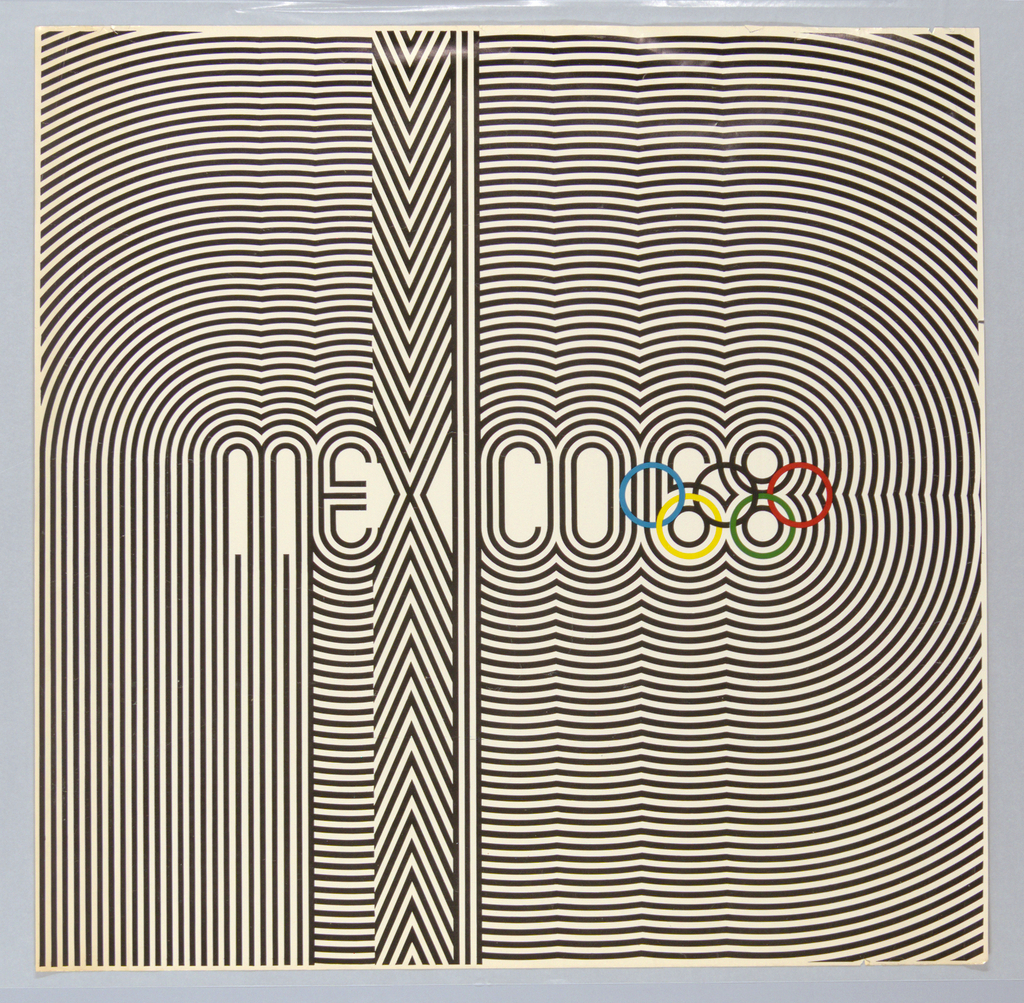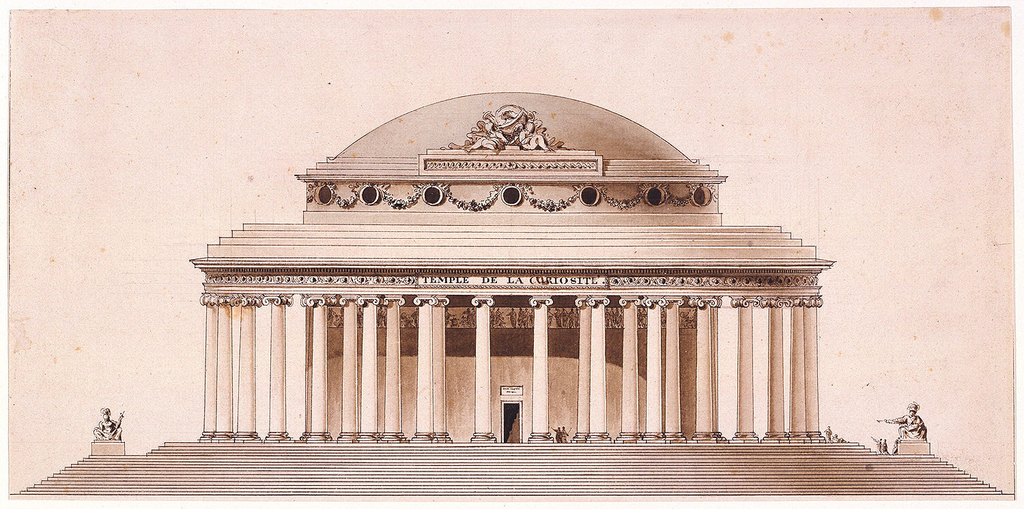
John Lennon poster by Richard Avedon
When we think of design, each of us thinks of it in our own way, focusing on our own interests: illustration, fashion, architecture, interfaces, manufacturing, or any of a vast number of sub-disciplines besides. Those of us who have paid a visit to Cooper Hewitt, also known as the Smithsonian Design Museum, have a sense of just how much human innovation, and even human history, that term can encompass. Now, thanks to an ambitious digitization project that has so far put 200,000 items (or 92 percent of the museum’s collection) online, you can experience that realization virtually.

Concept car designed by William McBride
The video below explains the system, an impressive feat of design in and of itself, with which Cooper Hewitt made this possible. “In collaboration with the Smithsonian’s Digitization Program Office, the mass digitization project transformed a physical object (2‑D or 3‑D) from the shelf to a virtual object in one continuous process,” says its about page. “At its peak, the project had four photographic set ups in simultaneous operation, allowing each to handle a certain size, range and type of object, from minute buttons to large posters and furniture. A key to the project’s success was having a completely barcoded collection, which dramatically increased efficiency and allowed all object information to be automatically linked to each image.”
Given that the items in Cooper Hewitt’s collection come from all across a 3000-year slice of history, you’ll need an exploration strategy or two. Have a look at the collection highlights page and you’ll find curated sections housing the items pictured here, including psychedelic posters, designs for automobiles, architect’s eye, and designs for the Olympics — and that’s just some of the relatively recent stuff. Hit the random button instead and you may find yourself beholding, in high resolution, anything from a dragonish fragment of a panel ornament from 18th-century France to a late 19th-century collar to a Swedish vase from the 1980s.

Mexico 68 designed by Lance Wyman
Cooper Hewitt has also begun integrating its online and offline experiences, having installed a version of its collection browser on tables in its physical galleries. There visitors can “select items from the ‘object river’ that flows down the center of each table” about which to learn more, as well as use a “new interactive Pen” that “further enhances the visitor experience with the ability to “collect” and “save” information, as well as create original designs on the tables.” So no matter how much time you spend with Cooper Hewitt’s online collection — and you could potentially spend a great deal — you might, should you find yourself on Manhattan’s Museum Mile, consider stopping into the museum to see how physical and digital design can work together. Enter the Cooper Hewitt’s online collection here.

Temple of Curiosity by Etienne-Louis Boullée
Related Content:
Free: A Crash Course in Design Thinking from Stanford’s Design School
Bauhaus, Modernism & Other Design Movements Explained by New Animated Video Series
Abstract: Netflix’s New Documentary Series About “the Art of Design” Premieres Today
The Smithsonian Picks “101 Objects That Made America”
Smithsonian Digitizes & Lets You Download 40,000 Works of Asian and American Art
Based in Seoul, Colin Marshall writes and broadcasts on cities and culture. He’s at work on the book The Stateless City: a Walk through 21st-Century Los Angeles, the video series The City in Cinema, the crowdfunded journalism project Where Is the City of the Future?, and the Los Angeles Review of Books’ Korea Blog. Follow him on Twitter at @colinmarshall or on Facebook.


I love what you are trying to do, but the website is terrible. The “Search” function does not work. It took a long time to find “Search”, as well. It should be much more prominent. You can’t tell what is and is not content (ads vs. content). And, it’s almost impossible to find the content one wants. There’s too much information on the first page. Simplify and organize it. And, put the techies in the closet and get someone with some sense to organize the layout.